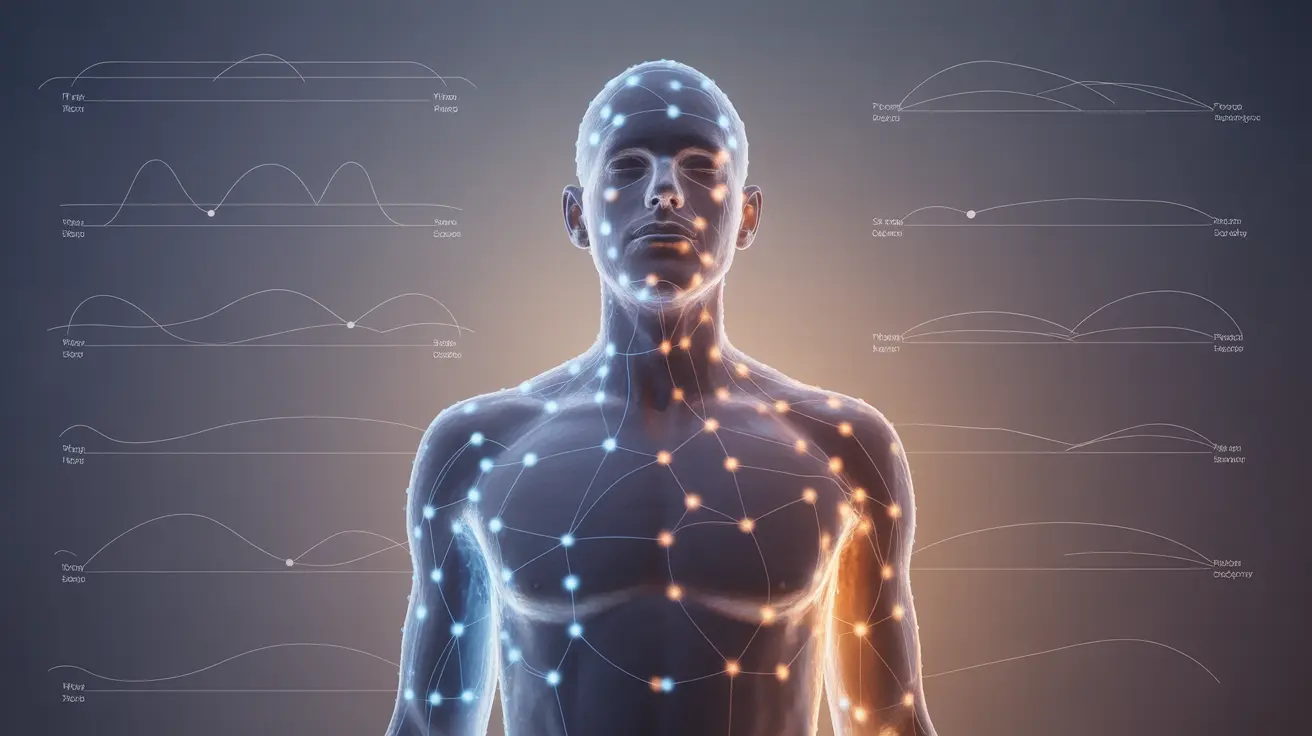Cholesterol deposits, medically known as xanthomas, are yellowish bumps or patches that can appear on various parts of the body. While these visible accumulations of cholesterol might be concerning or cosmetically bothersome, it's crucial to understand proper treatment approaches and their underlying health significance.
These deposits often signal underlying health conditions that require medical attention, making it essential to approach their treatment with professional guidance rather than attempting self-removal.
Understanding Cholesterol Deposits and Their Formation
Cholesterol deposits develop when excess cholesterol accumulates under the skin, forming visible bumps or patches. These deposits commonly appear around the eyes (xanthelasma), joints, tendons, and other areas of the body. Their presence often indicates elevated cholesterol levels or other metabolic disorders that require medical evaluation.
Medical Implications of Cholesterol Deposits
The appearance of xanthomas can be an important warning sign of various health conditions, including:
- Familial hypercholesterolemia
- Diabetes
- Liver disease
- Primary biliary cirrhosis
- Other lipid metabolism disorders
These underlying conditions make professional medical evaluation essential when cholesterol deposits are discovered.
Professional Removal Methods
Healthcare providers use several safe and effective methods to remove cholesterol deposits:
- Surgical excision
- Laser therapy
- Chemical cauterization
- Cryotherapy
- Electrodessication
Each method is chosen based on factors such as deposit location, size, and the patient's overall health condition.
Prevention and Management Strategies
Managing cholesterol deposits involves both treating existing formations and preventing new ones from developing. Key strategies include:
- Regular cholesterol level monitoring
- Following a heart-healthy diet
- Maintaining regular exercise
- Taking prescribed medications as directed
- Regular medical check-ups
Frequently Asked Questions
What are the risks of popping cholesterol deposits at home?
Attempting to pop or remove cholesterol deposits at home can lead to serious complications including infection, scarring, and delayed proper medical treatment. Additionally, amateur removal doesn't address the underlying health conditions causing these deposits.
How do healthcare providers typically remove cholesterol deposits?
Healthcare providers use various professional methods including surgical excision, laser therapy, chemical cauterization, cryotherapy, or electrodessication. The chosen method depends on the deposit's location, size, and the patient's overall health status.
What are the common causes of xanthomas (cholesterol deposits) on the skin?
Xanthomas typically result from high cholesterol levels, diabetes, liver disease, or genetic conditions affecting lipid metabolism. They can also be associated with certain medications or underlying health conditions that affect cholesterol processing.
Is it possible to prevent cholesterol deposits from forming or returning after removal?
Prevention is possible through maintaining healthy cholesterol levels, following a balanced diet, regular exercise, and treating underlying health conditions. However, some people may be genetically predisposed to developing these deposits.
What health conditions are often associated with the appearance of xanthomas (cholesterol deposits)?
Xanthomas are commonly associated with familial hypercholesterolemia, diabetes, liver disease, primary biliary cirrhosis, and other disorders affecting lipid metabolism. Their appearance often warrants a thorough medical evaluation to identify underlying conditions.




